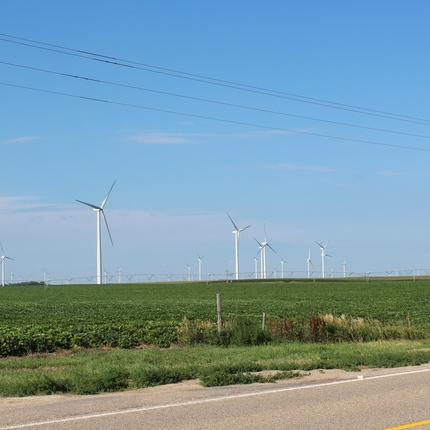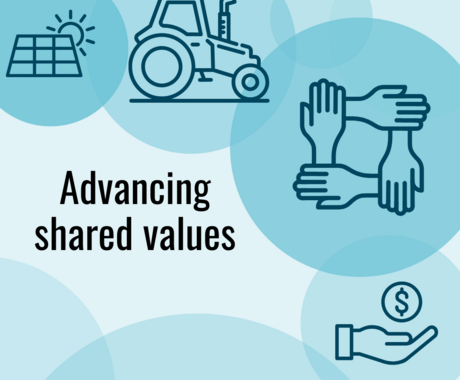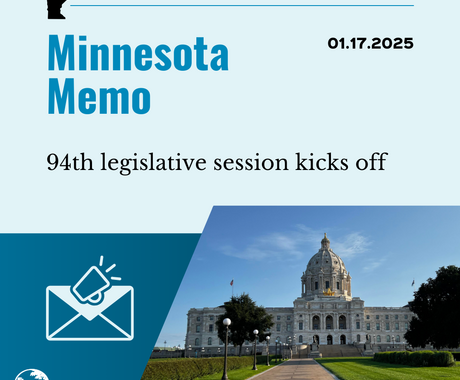Wind energy continues to grow in the U.S., especially in the heart of the country. With some of the best renewable resources available, this region has significant potential to generate clean energy while also reaping the benefits of development.
Those benefits take several forms, including direct payments to landowners that provide a new source of income. Projects also generate new tax revenues that broaden county tax bases or assist in funding essential services like fire and police departments, as well as local schools. New jobs are another benefit, either in the form of construction jobs when a project is being developed or as operations positions for the lifetime of a project.
Employment opportunities created by new wind development have a big impact on rural communities. According to the National Renewable Energy Labs’ Jobs and Economic Development Impact modeling, a 100 megawatt (MW) project can employ up to 106 people for construction and construction-related services. These workers infuse new money into local economies when they stay in communities during the building phase.
To capture the benefits of wind development, we will need a workforce to help build projects. In states like Wyoming where wind energy development is still growing and resources are abundant, finding workers can present a barrier to building new projects in rural areas. Small population sizes make it difficult to find enough workers locally to construct wind farms.
The construction phase isn’t the only part of wind energy development that is creating workforce demands. Once projects are built, they will require occasional maintenance from technicians on-site. Wind turbine technician is one of the fastest growing professions, according to the U.S. Department of Labor, and much of that is due to the expected growth of the wind energy industry.
These long-term operation jobs offer another benefit to rural communities – the chance for young people to return. Many of these jobs are based in or near small towns where wind energy projects are built. The growth of wind energy has created opportunities to bring new, well-paying jobs to rural areas, paving a path for young people to pursue careers in an expanding industry.
As wind energy continues to grow, there will be more possibilities to localize benefits of wind development. Whether it is from jobs based in communities near wind farms or the use of local labor and construction services while a wind farm is under construction, wind energy will continue to be an economic driver in rural areas.
Photo: Laredo Ridge Wind Farm near Petersburg, Nebraska, will generate more than $6 million over the first 20 years of operation to local taxing bodies and has eight permanent employees, according to NRG. The system went online in January 2011. | Photo by Rhea Landholm





